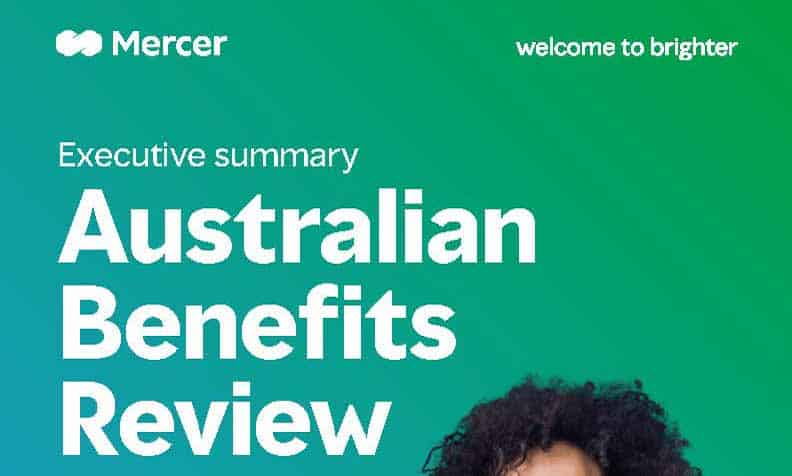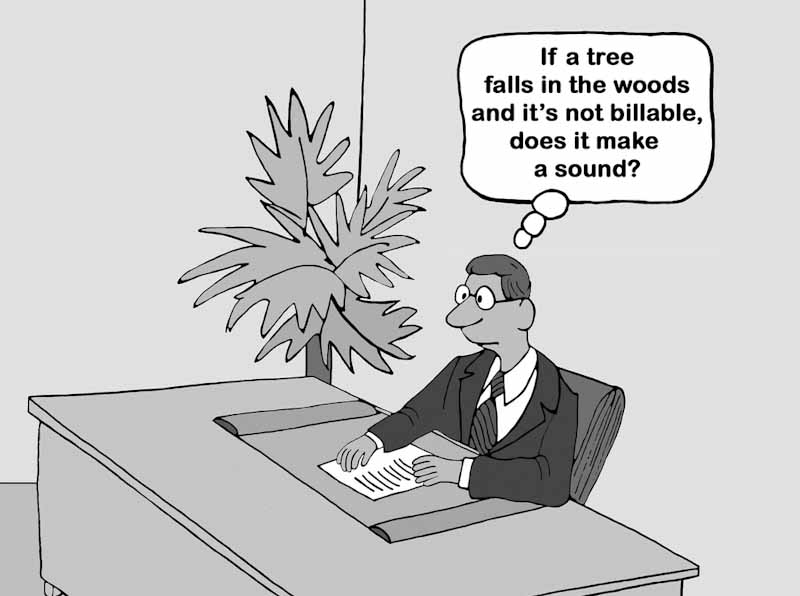Recently, Safe Work Australia published exciting and important data about mental health at work. The data seems to support the assertion that psychosocial hazards at work are a significant risk, but I remain confused. I asked SWA to help unconfuse me and they have tried.
One of the biggest handicaps that occupational health and safety (OHS) has experienced over decades is translating data and research into terms and concepts that the layperson (of which I claim to be) can understand. OHS communication is improving, but more effort is needed.







